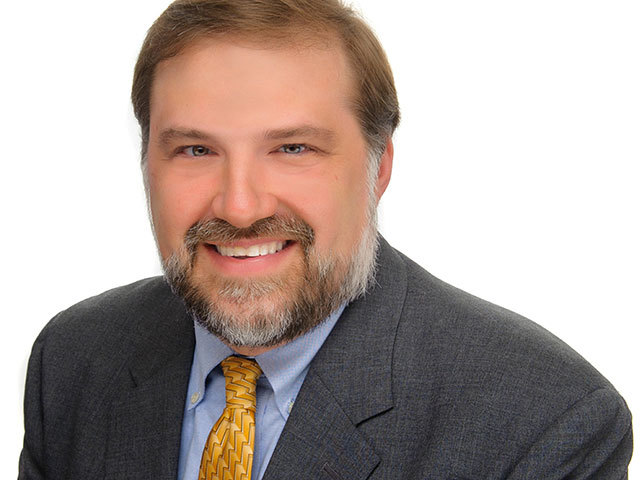
Four years after BP’s Macondo disaster, U.S. regulators have a new approach for improving safety in the Gulf of Mexico: ask the industry to cooperate. Maybe even say “pretty please.”
The Bureau of Safety and Environmental Enforcement recently unveiled a plan to meet with offshore operators and pitch them on the idea of providing the regulator with data on “near-miss” incidents.
BSEE wants to use the information to build a database that could show patterns for potential safety problem at offshore facilities. In other words, it wants to track telltale signs of another Macondo disaster so companies can correct problems and avert the next catastrophe.
We are approaching the fourth anniversary of the Deepwater Horizon disaster, and BSEE, the regulator born of that accident, still finds itself begging for the industry’s help in making offshore operations safer. Building a database of near-miss data is crucial to improving offshore safety. Participation shouldn’t be voluntary. It should be required – as it is in some other countries — and the results should be transparent.
In U.S., the industry has fought such efforts, getting them removed from rules proposed in 2006. Companies claimed the reporting requirements would be too burdensome. That, of course, was before the Macondo blowout. The industry now should be asking itself whether reporting near-miss data would be more burdensome than another Macondo-scale accident.
In the Gulf of Mexico, the dearth of data remains a significant problem. Rather than rely on accurate information about safety rates, the industry too often continues to cling to comfortable myths. One of the most prevalent is that some 50,000 wells have been drilled in the Gulf with only been one major accident.
That statement, repeated almost weekly to me by someone in the industry, ignores two important points. The first is that the industry didn’t drill 50,000 wells like Macondo before the accident. At the time, only 43 wells of similar complexity had been drilled.
But more important, we don’t know how many times a Macondo-like disaster was narrowly avoided.
Currently, BSSE compiles reports of hydrocarbon releases that result in a shutdown of operations. That doesn’t produce enough data points to offer meaningful insights into performance trends. What’s needed is data on all hydrocarbon releases.
That would enable BSEE to track performance. Are potentially dangerous incidents increasing in frequency, and if so why? What can be done to correct the problem? Or are they decreasing, in which case what is being done to effectively make the Gulf safer?
This is vital information, but four years after Macondo, we don’t know enough to even answer the question of whether drilling safety has improved in the Gulf.
In fact, there are troubling signs it hasn’t. Coast Guard Rear Adm. Joseph Servido recently told the Center for Offshore Safety Forum in Houston that safety violations offshore persist and that too many operators seem to see safety as “an administrative exercise.”
Late last year, when BSEE’s new chief, Brian Salerno, first called for a near-miss database, I hoped he would finally address the problem of a lack of drilling data. But BSEE, like its predecessor the Mineral Management Service, has a soft touch for the industry it purports to regulate.
Instead of requiring data, it’s pleading. Instead of making the data transparent, as it is for aviation accidents and workplace safety, it’s promising the industry to keep the information confidential. Part of the benefit of a near-miss database would be for all companies in the Gulf to see how their operations compare with others. The public, too, should know the safest operators. Hiding the numbers behind a veil of secrecy undermines the benefits of the initiative.
What’s needed is a clearinghouse of information, backed by an industry that is intolerant of poor performance.
The offshore industry claims it has an excellent safety record, and if that’s true, is should be confident that compiling near-miss data would prove the point. Instead, it prefers to wrap itself in the blanket of self-delusion, as if the absence of disaster is a synonym for safety.
Loren Steffy, the former business columnist for the Houston Chronicle, is a senior writer with the communications firm 30 Point Strategies. He is a writer at large for Texas Monthly, a contributor to Forbes and the author of Drowning in Oil: BP and the Reckless Pursuit of Profit and The Man Who Thought Like a Ship.
Recommended for you
